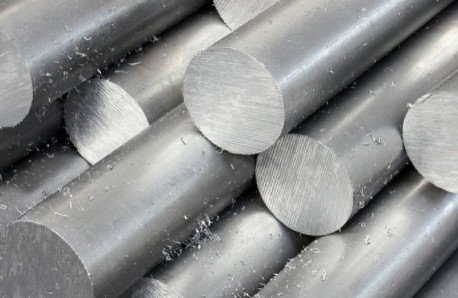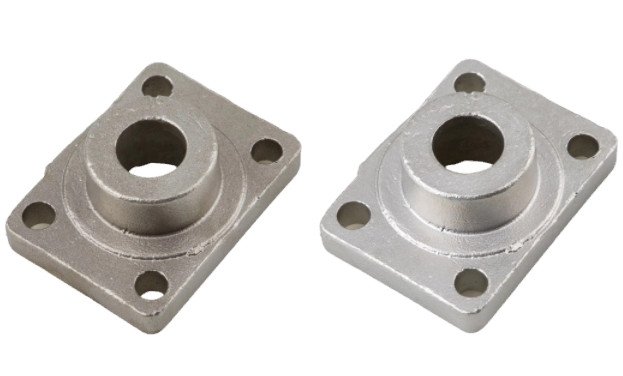Stainless steel, an iron-based alloy with at least 10.5% chromium, is valued for its corrosion resistance and versatility. This technical guide explores the main types of stainless steel, including their compositions, mechanical properties, and applications. It is designed for engineers, manufacturers, and professionals seeking precise data to select the appropriate grade. The content is structured systematically, with detailed parameters and minimal artistic expression, ensuring clarity and professionalism.
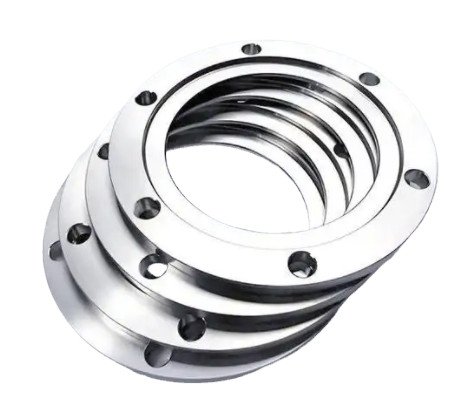
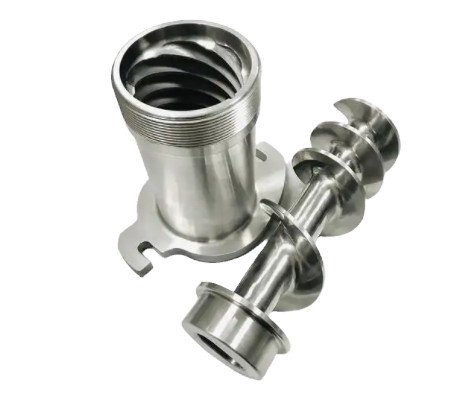
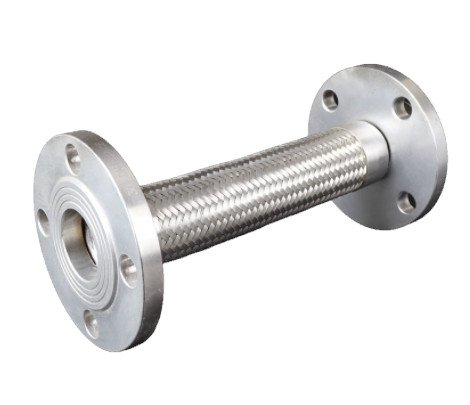
Austenitic Stainless Steel
Austenitic stainless steels, comprising over 70% of stainless steel production, have a face-centered cubic (FCC) crystal structure due to nickel content. They typically contain 16-26% chromium and 6-22% nickel, with molybdenum added in some grades for enhanced corrosion resistance. These alloys are non-magnetic in the annealed state but may become slightly magnetic after cold working due to partial martensitic transformation.
Composition and Properties: Chromium forms a passive oxide layer, ensuring excellent corrosion resistance in marine and industrial settings. Nickel improves ductility and toughness, while molybdenum (e.g., in 316) enhances resistance to pitting and crevice corrosion. Tensile strength ranges from 515-620 MPa in the annealed condition, with elongation of 40-60%. These steels perform well from cryogenic (-200°C) to high temperatures (up to 800°C).
Common Grades: The 300-series includes 304 (18% Cr, 8% Ni) for general use and 316 (16% Cr, 10% Ni, 2% Mo) for chloride-rich environments. Low-carbon variants (304L, 316L) minimize intergranular corrosion during welding.
Applications: Used in food processing, chemical plants, architecture, and medical devices due to hygiene, formability, and corrosion resistance. Grade 304 is common in kitchenware, while 316 is used in marine equipment and surgical tools.
Considerations: Austenitic grades are prone to stress corrosion cracking (SCC) in warm chloride environments (above 60°C). Proper material selection and environmental control are critical.
Super Austenitic Stainless Steel
Super austenitic stainless steels are high-alloy variants with enhanced corrosion resistance, containing 20-25% chromium, 20-30% nickel, and 4-7% molybdenum, often with nitrogen additions. They maintain the FCC structure and non-magnetic properties of standard austenitic steels but offer superior performance in extreme corrosive environments.
Composition and Properties: High molybdenum and nitrogen content result in a pitting resistance equivalent number (PREN) of 40-50, far exceeding standard austenitic grades. Tensile strength is 550-700 MPa, with good ductility (elongation ~35-50%). These steels resist pitting, crevice corrosion, and SCC in aggressive media like seawater and acidic solutions.
Common Grades: Grades like 904L (20% Cr, 25% Ni, 4.5% Mo) and 254 SMO (20% Cr, 18% Ni, 6% Mo, 0.2% N) are widely used for their exceptional corrosion resistance.
Applications: Super austenitic steels are used in desalination plants, chemical processing, and pulp and paper industries where standard austenitic grades are insufficient.
Ferritic Stainless Steel
Ferritic stainless steels have a body-centered cubic (BCC) structure, containing 10.5-27% chromium and minimal nickel. They are magnetic, cost-effective, and offer moderate corrosion resistance but are not hardenable by heat treatment.
Composition and Properties: Chromium is the primary alloying element, with some grades including molybdenum or titanium. Tensile strength ranges from 415-550 MPa, with elongation of 20-30%. Ferritic steels have higher thermal conductivity (~25 W/m·K) and lower thermal expansion (10-12 µm/m·K) than austenitic grades. They resist SCC but have limited low-temperature toughness.
Common Grades: Grade 430 (16% Cr) is used for aesthetics, while 409 (11% Cr, Ti-stabilized) is cost-effective for moderate corrosion resistance.
Applications: Automotive exhaust systems (409), household appliances, and decorative trim (430) are common uses due to cost and mild corrosion resistance.
Considerations: Poor weldability due to grain growth in the heat-affected zone can cause cracking. Preheating and post-weld annealing may be required.
Super Ferritic Stainless Steel
Super ferritic stainless steels contain higher chromium (25-30%) and molybdenum (3-4%) than standard ferritic grades, with very low carbon and nitrogen to enhance corrosion resistance and weldability. They remain magnetic and are not hardenable by heat treatment.
Composition and Properties: The high chromium and molybdenum content yields a PREN of 35-45, offering excellent resistance to pitting and crevice corrosion. Tensile strength is 450-600 MPa, with moderate ductility (elongation ~20-25%). These steels perform well in chloride-rich environments but have lower toughness than austenitic grades.
Common Grades: Grades like 444 (18% Cr, 2% Mo) and E-BRITE (26% Cr, 1% Mo) are used for enhanced corrosion resistance.
Applications: Super ferritic steels are used in heat exchangers, condensers, and seawater cooling systems where high corrosion resistance and cost efficiency are needed.
Martensitic Stainless Steel
Martensitic stainless steels have a body-centered tetragonal (BCT) structure, achieved through heat treatment, with 11.5-18% chromium and 0.1-1.2% carbon. They are magnetic, high-strength, and hardenable but have reduced corrosion resistance.
Composition and Properties: Carbon enables hardening via quenching and tempering, achieving tensile strengths of 600-1,500 MPa and hardness up to 50 HRC. Elongation is 10-15%, and corrosion resistance is moderate due to lower chromium content. These steels are brittle at low temperatures.
Common Grades: Grade 410 (11.5% Cr, 0.15% C) balances strength and corrosion resistance, while 420 (12% Cr, 0.15-0.4% C) is harder.
Applications: Used in cutlery, surgical instruments, turbine blades, and fasteners where strength is critical.
Considerations: Martensitic grades are susceptible to galling under high contact forces, requiring lubrication or dissimilar material pairings.
Martensitic Aging Stainless Steel
Martensitic aging (maraging) stainless steels are low-carbon, high-nickel alloys strengthened by aging to form precipitates. They contain 12-18% chromium, 7-12% nickel, and additions like molybdenum and cobalt.
Composition and Properties: Aging at 450-500°C forms precipitates, yielding tensile strengths of 1,500-2,000 MPa and good toughness (elongation ~10-15%). Corrosion resistance is comparable to martensitic grades, with a PREN of 20-30. These steels are magnetic and weldable with proper techniques.
Common Grades: Grades like Custom 450 (15% Cr, 6% Ni, 1% Mo) and Custom 465 (11% Cr, 11% Ni, 1% Mo) are used for high-strength applications.
Applications: Aerospace components, injection molds, and high-performance shafts benefit from their strength and toughness.
Duplex Stainless Steel (Ferritic-Austenitic)
Duplex stainless steels, also called ferritic-austenitic duplex, have a balanced microstructure of ~50% austenite and 50% ferrite. They contain 18-28% chromium, 4-8% nickel, and 2.5-4% molybdenum, with nitrogen for added strength.
Composition and Properties: The dual-phase structure provides yield strengths of 450-600 MPa, tensile strengths of 620-830 MPa, and a PREN of 30-40. Duplex steels resist pitting, crevice corrosion, and SCC better than austenitic grades. They are magnetic and have good weldability with controlled heat input.
Common Grades: Grade 2205 (22% Cr, 5% Ni, 3% Mo) is widely used, while super duplex 2507 (25% Cr, 7% Ni, 4% Mo) excels in extreme conditions.
Applications: Used in oil and gas pipelines, chemical processing, and marine environments, particularly in pressure vessels and desalination plants.
Ferritic-Martensitic Duplex Stainless Steel
Ferritic-martensitic duplex stainless steels combine ferrite and martensite phases, typically with 11-17% chromium and low nickel. They are less common and designed for specific high-strength, moderate-corrosion applications.
Composition and Properties: The microstructure provides tensile strengths of 600-1,000 MPa, with moderate corrosion resistance (PREN ~20-25). These steels are magnetic and hardenable by heat treatment but have lower ductility (elongation ~10-20%) than ferritic-austenitic duplex.
Common Grades: Experimental or proprietary grades like 3CR12 (11.5% Cr, 0.3% Ni) are used where cost and strength are priorities.
Applications: Used in mining equipment, structural components, and low-corrosion environments requiring strength and cost efficiency.
Precipitation-Hardening Stainless Steel
Precipitation-hardening (PH) stainless steels are strengthened by heat treatment, forming precipitates. They contain 15-17.5% chromium, 3-5% nickel, and elements like copper or niobium.
Composition and Properties: Aging treatments (e.g., H900 at 480°C) yield tensile strengths of 850-1,700 MPa and elongation of 5-15%. Corrosion resistance is similar to 304, with a PREN of 25-30. These steels are magnetic and machinable in the annealed state.
Common Grades: 17-4PH (17% Cr, 4% Ni, 3% Cu) is widely used for its strength and corrosion balance.
Applications: Aerospace components, nuclear reactors, and high-strength fasteners benefit from PH steels’ properties.
Comparison of Stainless Steel Types
| Type | Chromium (%) | Nickel (%) | Tensile Strength (MPa) | Corrosion Resistance (PREN) | Magnetic | Applications |
|---|---|---|---|---|---|---|
| Austenitic | 16-26 | 6-22 | 515-620 | 20-30 | No | Kitchenware, medical devices |
| Super Austenitic | 20-25 | 20-30 | 550-700 | 40-50 | No | Desalination, chemical plants |
| Ferritic | 10.5-27 | 0-1 | 415-550 | 15-25 | Yes | Exhaust systems, appliances |
| Super Ferritic | 25-30 | 0-1 | 450-600 | 35-45 | Yes | Heat exchangers, seawater systems |
| Martensitic | 11.5-18 | 0-2 | 600-1,500 | 15-20 | Yes | Cutlery, turbine blades |
| Martensitic Aging | 12-18 | 7-12 | 1,500-2,000 | 20-30 | Yes | Aerospace, molds |
| Ferritic-Austenitic Duplex | 18-28 | 4-8 | 620-830 | 30-40 | Yes | Pipelines, marine |
| Ferritic-Martensitic Duplex | 11-17 | 0-1 | 600-1,000 | 20-25 | Yes | Mining, structural components |
| Precipitation-Hardening | 15-17.5 | 3-5 | 850-1,700 | 25-30 | Yes | Aerospace, fasteners |
Selecting the Right Stainless Steel Grade
Choosing a stainless steel grade involves assessing environmental conditions, mechanical requirements, and fabrication constraints. Key considerations include:
- Corrosion Resistance: Super austenitic and super ferritic grades excel in aggressive environments, while duplex grades balance cost and performance.
- Strength: Martensitic, maraging, and PH steels are ideal for high-strength applications, while duplex offers moderate strength.
- Fabrication: Austenitic and super austenitic grades are best for welding and forming; ferritic and martensitic grades require special welding techniques.
- Cost: Ferritic and ferritic-martensitic duplex grades are cost-effective, while super austenitic and super duplex grades are more expensive.
- Magnetic Properties: Austenitic and super austenitic grades are non-magnetic; others are magnetic.
Consulting material suppliers or metallurgical engineers ensures optimal grade selection for performance and cost.
Conclusion
Stainless steel’s diverse types—austenitic, super austenitic, ferritic, super ferritic, martensitic, maraging, duplex (ferritic-austenitic and ferritic-martensitic), and precipitation-hardening—offer tailored solutions for engineering and manufacturing. Each type’s unique composition and properties address specific needs, from corrosion resistance to high strength. By understanding their technical parameters and limitations, professionals can select the most suitable grade for their applications.
